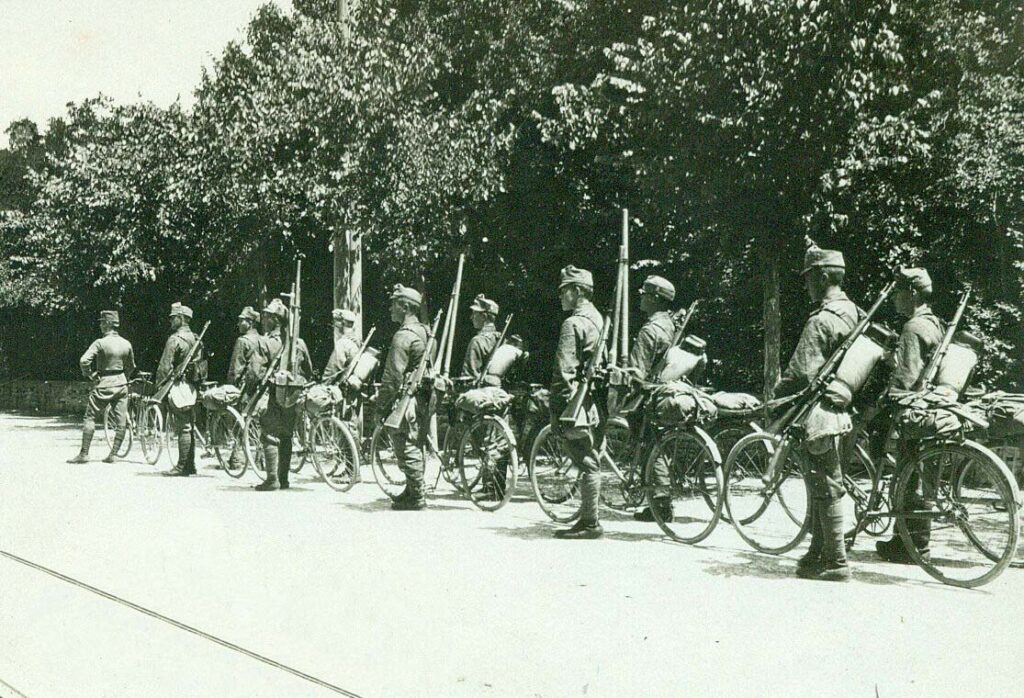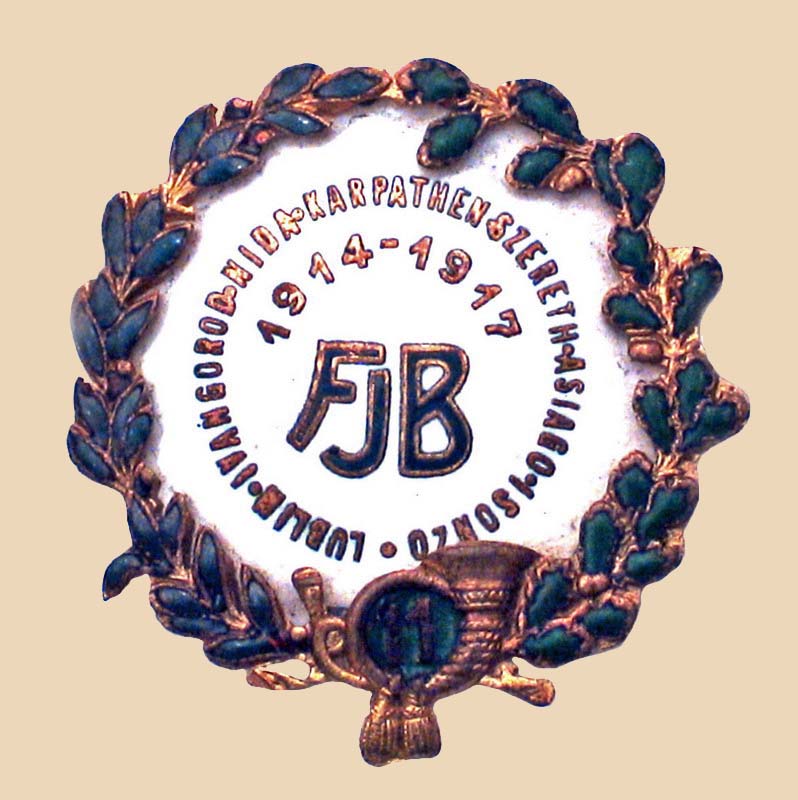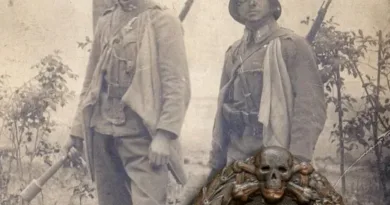Cycling battalions
This was a truly special troop, as among the innovations of the age, in addition to motorization, the muscle driven vehicle, the bicycle, was also there. It’s a little weird today to think of the bike as high-tech. However, in the early 1900s, it was still new, and several armies were trying to use it for military purpose.
Cycling squadrons have been organized in the Monarchy since 1908 before the Great War. From 1911 they also appeared in the organizational order. At that time, the 4th companies of four rifle battalions were reorganized into a cycling corps. They were stationed along the Italian border, so they were given mainly border and coast protection duties. The cycling troops were regarded an elite corps. Each company consisted of 127 men and their commanders held the rank of captain or first lieutenant. The central piece of the equipment, of course, was a bicycle that could be folded up and mucked on the back for marching. The introduced device was the M9 “Waffenrad, Klapprad” made in the Steyr Machine Factory.

The cycling battalion was deployed on the Russian battlefield during the first period of the Great War under the 7th Cavalry Division. His task was reconnaissance, the sudden occupation of enemy outposts, and the rapid pursuit of the enemy. The fighting experience was not particularly convincing, as the bike became more and more redundant under the road conditions of the time and later with the rise of trench warfare. In May 1915, the battalion was transferred to the Italian front to the VII. corps. They were later assigned to the 11th Army in South Tyrol.
There was also a honvéd cycling battalion. The first company of this was put up in 1910 as part of the 40th Infantry Division. Further two companies were set up in 1914. These were assigned to the 5th and 11th Honvéd Cavalry Divisions. In addition to the regular units, volunteer cycling units were also organized. At the end of 1915, they were organized into a corps called insurgent cycling battalion. The organization of the cycling troops continued within the framework of the honvéd army, but we know only fragmentary information about them.

The importance of the cycling units is confirmed by the fact that a relatively large number of photos and a nice postcard were also taken of them. I present this card in this post. I supplemented it with the badge of the 11th Rifle Battalion, which gave one company of the cycling battalion. The inscription on the card refers to the cycling formation formed at the Jäger.




